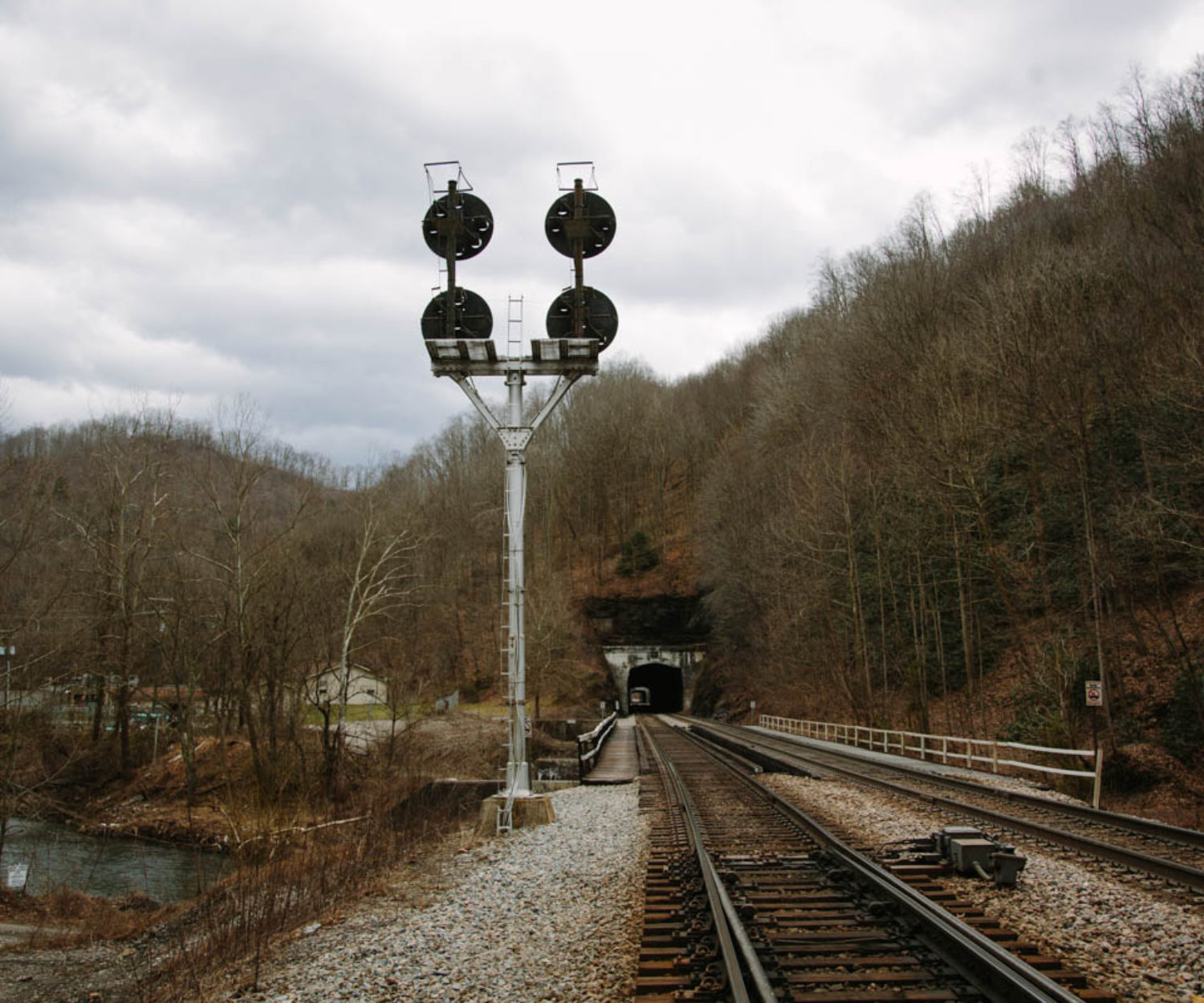This abandoned tower once protected the crossing of the two parallel routes of the Chicago and North Western and the Soo…

19
Dec 2015
Hemphill Tunnels – Historical Railroad Geography Series
The Norfolk and Western Railway's coal hauling right of way once followed the course of the Tug River between Welch…







